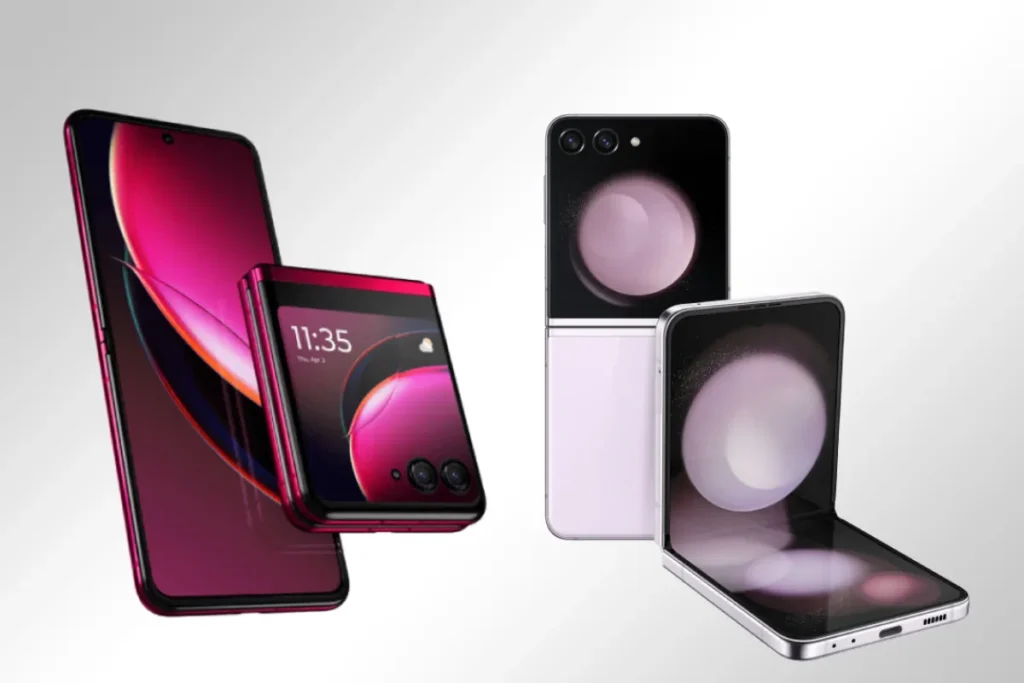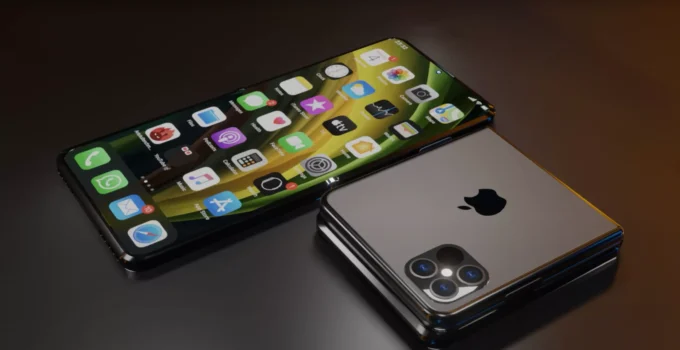Foldable iPhone: 2027 Launch or an Elusive Dream?. As the concept of a foldable iPhone tantalizes and teases the tech world, it seems the dream may be receding further into the future. Recent murmurs within the industry suggest Apple has once again pushed back the launch timeline for its much-anticipated foldable iPhone. Initially expected to grace the tech scene in late 2026, projections have now shifted, setting sights on an unveiling not before the first quarter of 2027.
iPhone SE 4: BOE to Supply OLED Panels Amid Samsung’s Withdrawal
The cause of this delay is rooted in challenges surrounding the acquisition of critical components, notably the foldable screen. Apple’s stringent requirements for this key piece demand that it not only embraces innovation but also adheres to exceptionally high standards of quality and functionality.
Emerging from the whirlwind of speculations are insights into Apple’s developmental endeavors. The company is reportedly juggling two foldable iPhone models, both employing the classic clamshell mechanism reminiscent of devices like the Motorola Razr and Samsung Galaxy Z Flip. Among these prototypes, one is rumored to boast a dual-screen setup, featuring a 6-inch external display alongside an 8-inch main screen. Another strand of speculation hints at a potential 7-8 inch foldable device, poised to replace the iPad mini, indicating Apple’s ambition to redefine the tablet experience.

The genesis of Apple’s foldable iPhone project traces back to 2016, with the company drawing inspiration and lessons from a broad spectrum of competitors’ models. This long gestation period underscores the complexities and challenges inherent in bringing such an innovative product to market.
However, the path to realizing a foldable iPhone is fraught with skepticism and technical hurdles. Many analysts harbor doubts about the project’s viability, fueled by concerns that the current state of foldable technology may not yet align with Apple’s vision for the device. Compounding these doubts are reports of a folding panel from Samsung failing just days into testing, casting shadows over the project’s future.
At the heart of Apple’s quest to perfect the foldable iPhone is the ambition to overcome the notorious crease issue—a common criticism of existing foldable screens. Apple’s engineers are exploring innovative hinge designs that promise a seamlessly flat display, devoid of any bumps or indentations that could mar the user experience. Efforts to enhance screen durability and reduce glare through the use of polymeric materials like silicone and acrylate are also underway.
Yet, the journey to a foldable iPhone is beset with obstacles. From engineering challenges to material innovations, Apple’s team is pushing the boundaries of current technology. The ambition to erase the crease, perfect the hinge, and achieve the ideal screen quality is a testament to Apple’s commitment to excellence. However, the mounting challenges and the potential for further delays sow seeds of uncertainty. If the foldable iPhone does not materialize by 2027, the tech community may begin to wonder if this visionary product will ever see the light of day.
In essence, the foldable iPhone represents a convergence of aspiration and innovation, standing as a symbol of Apple’s relentless pursuit of technological advancement. As the timeline for its debut stretches further into the future, the foldable iPhone remains a beacon of possibility—a device that could redefine the smartphone experience. Yet, as we inch closer to 2027, the anticipation is tinged with apprehension, leaving us to ponder the fate of Apple’s most elusive creation.
